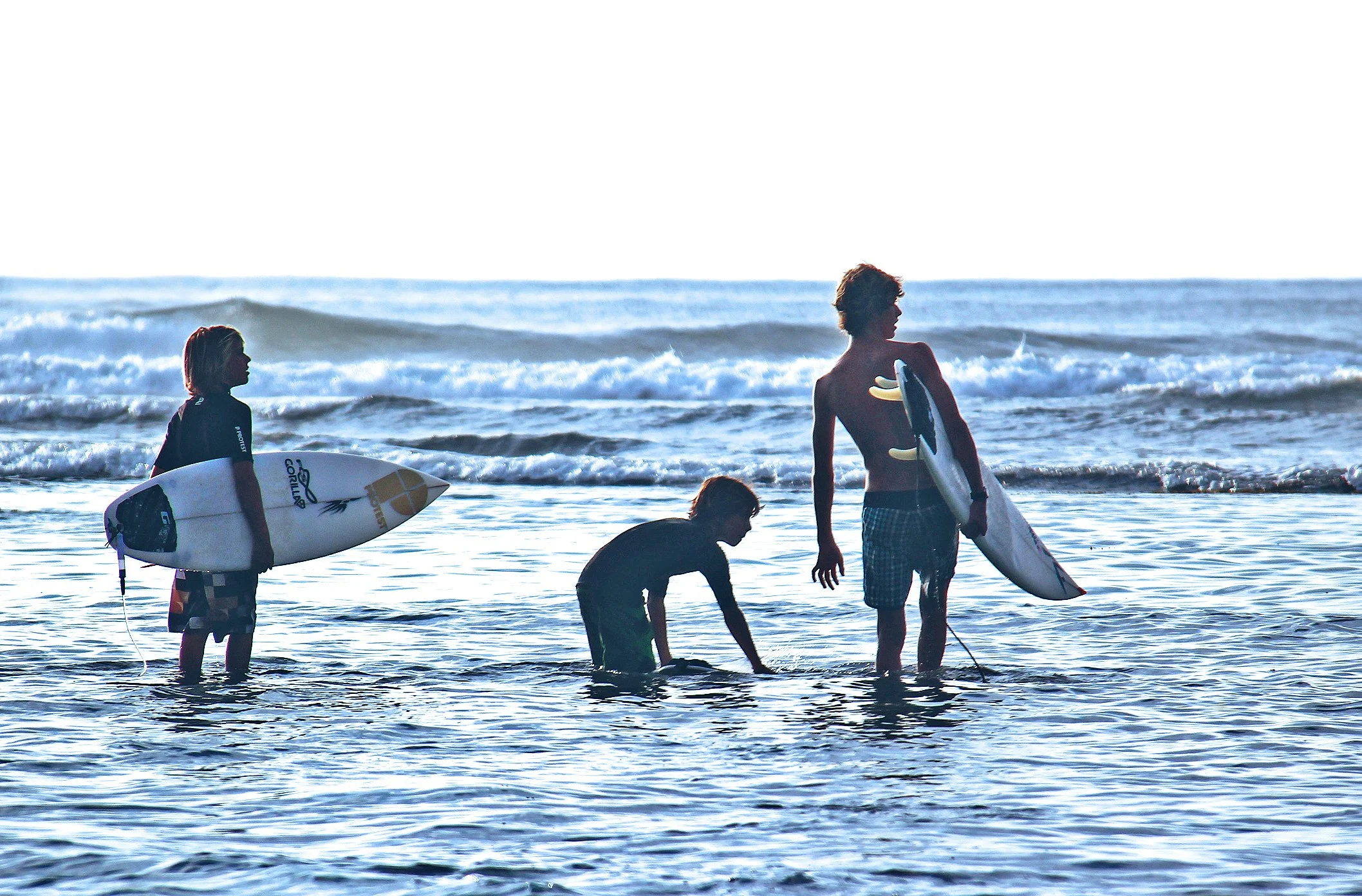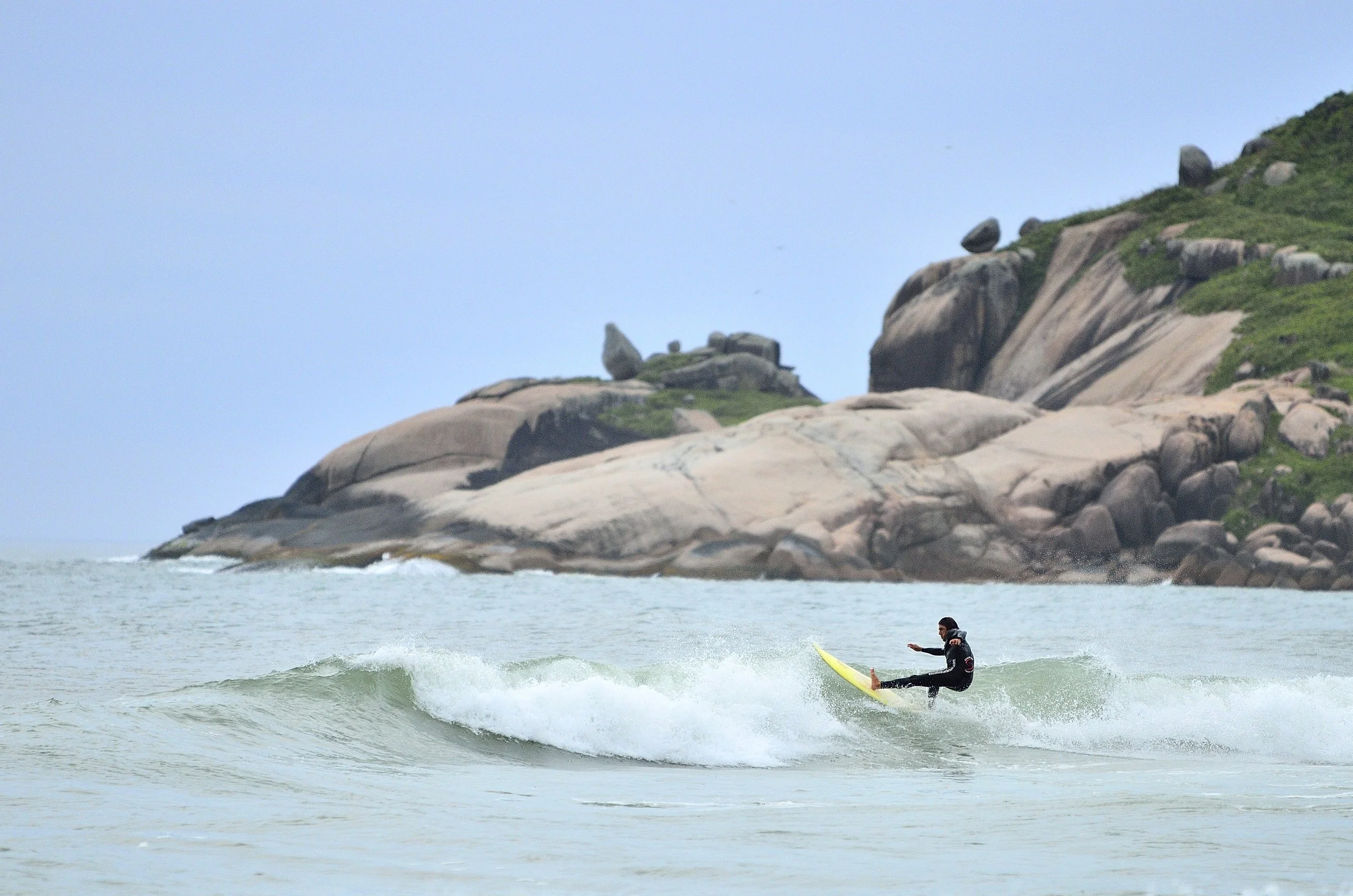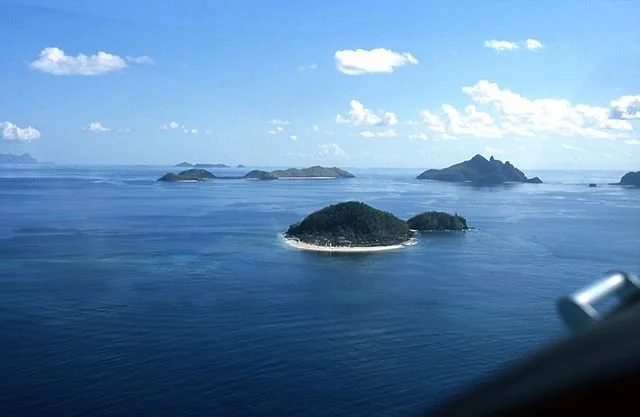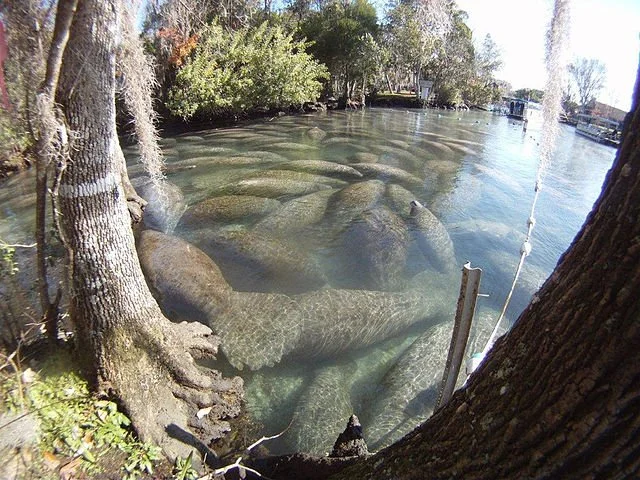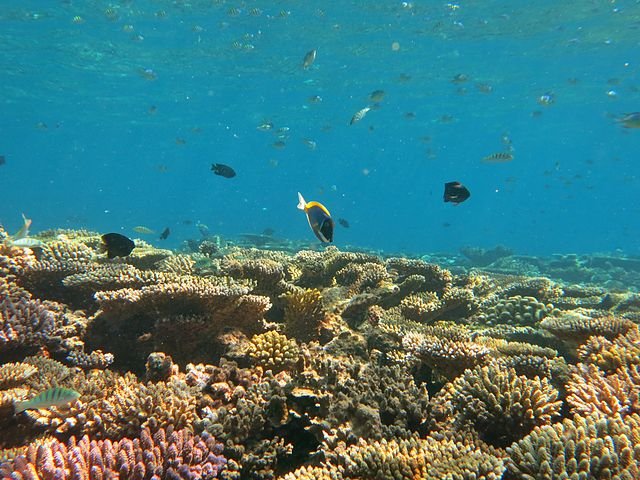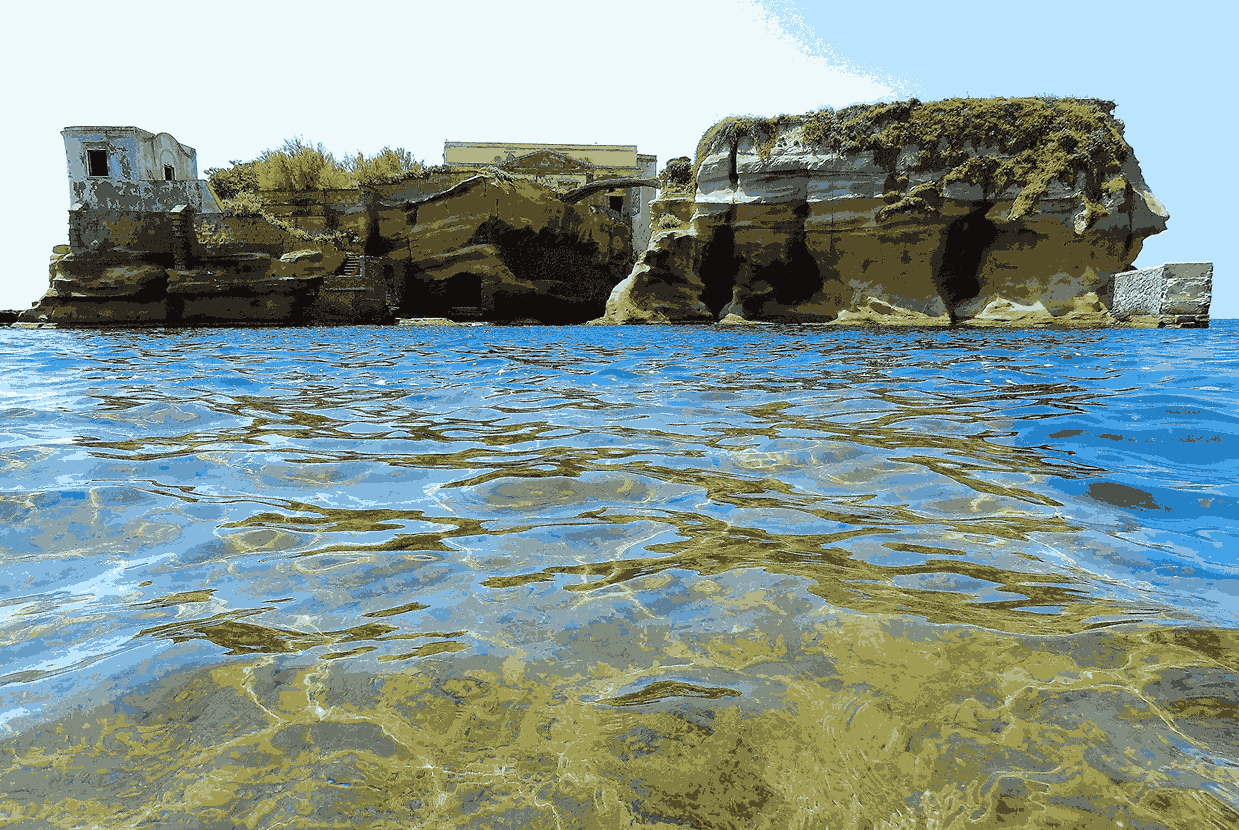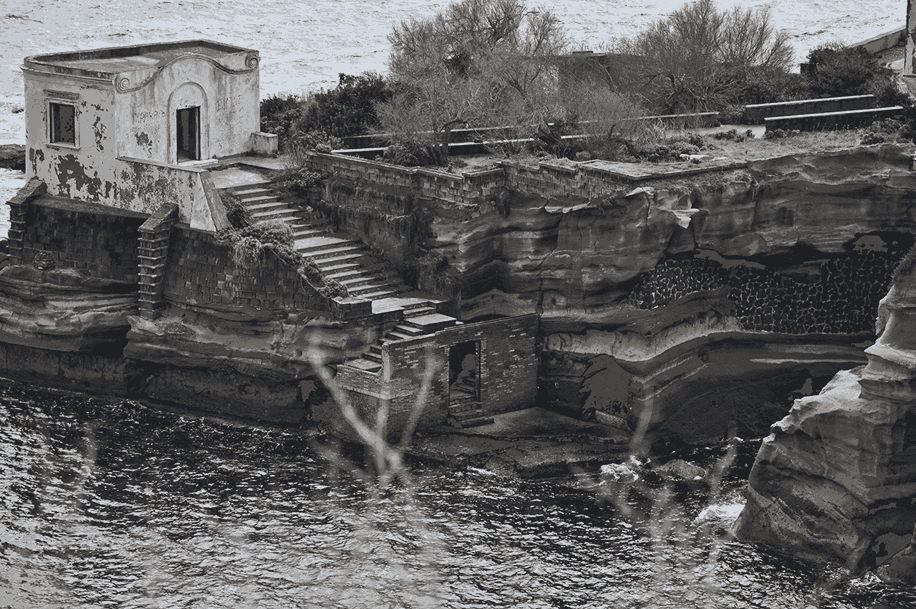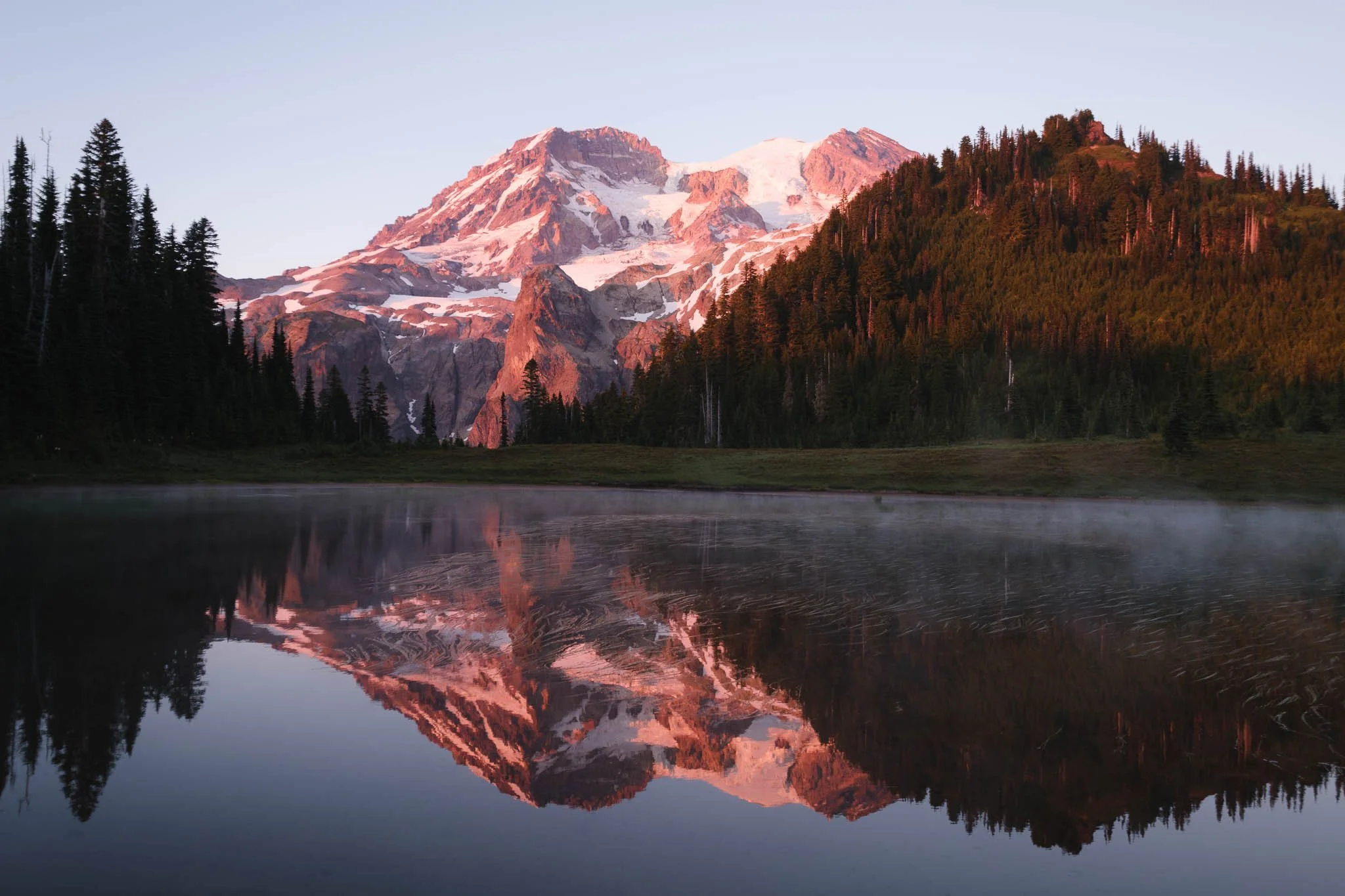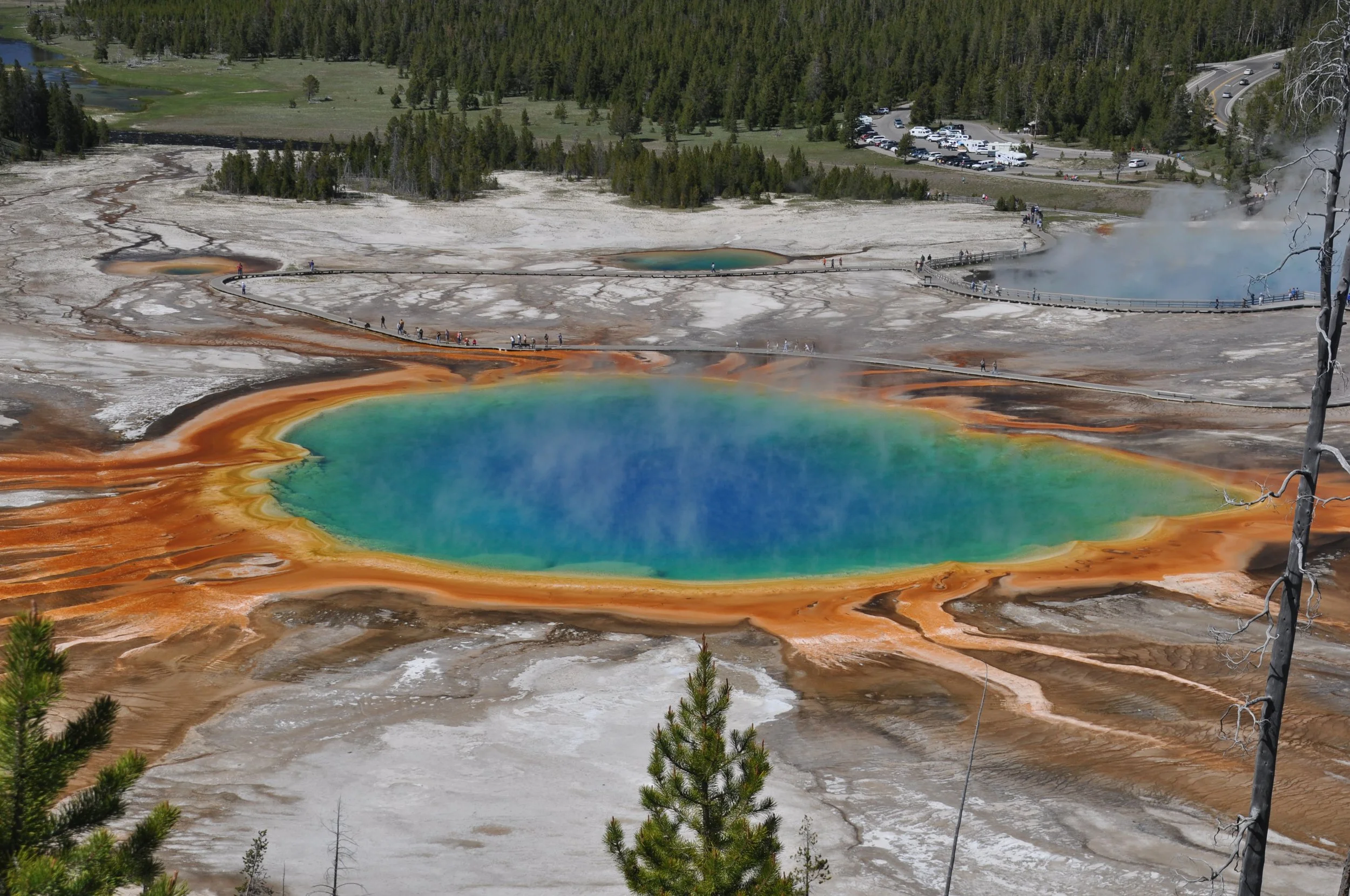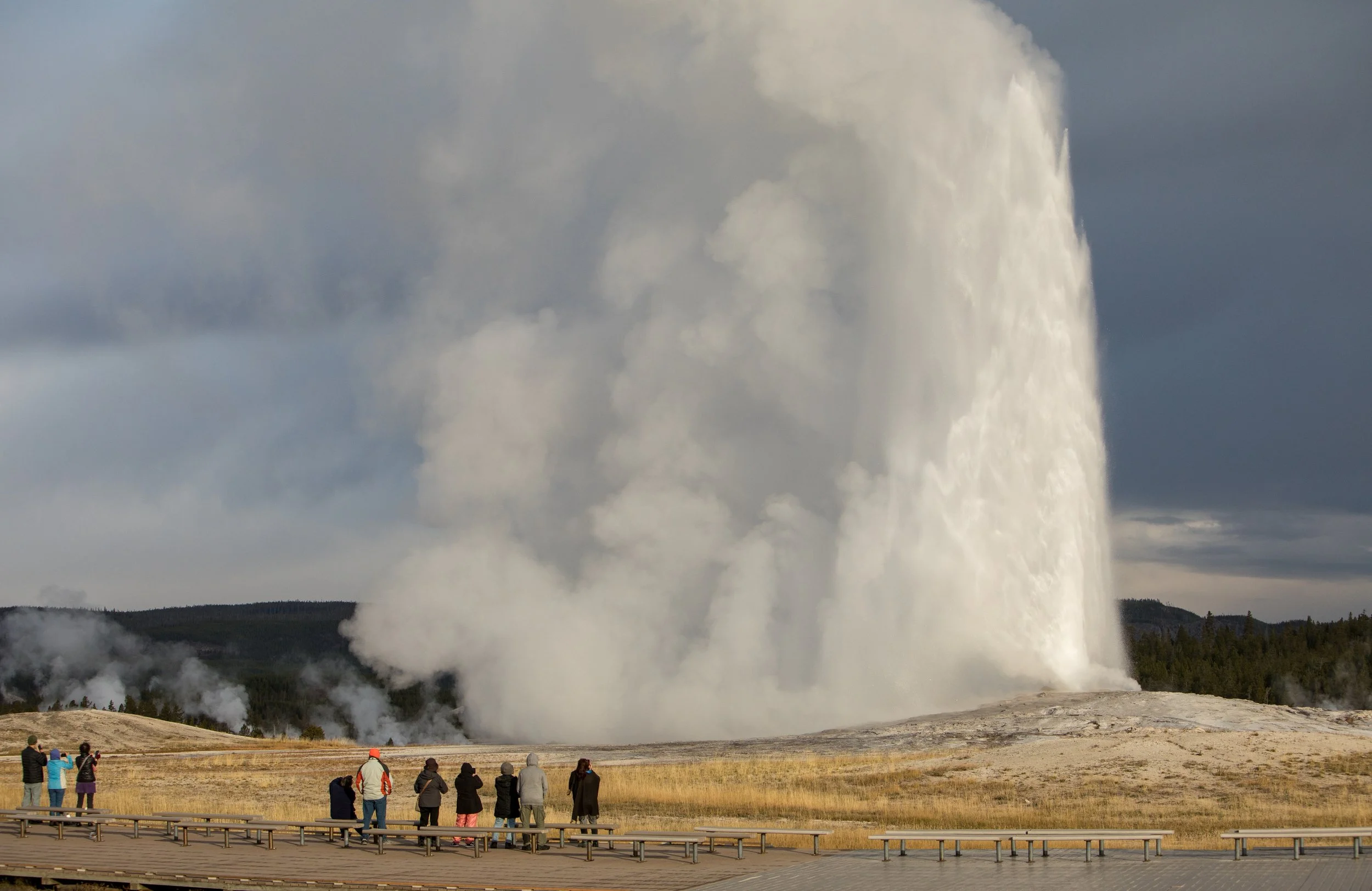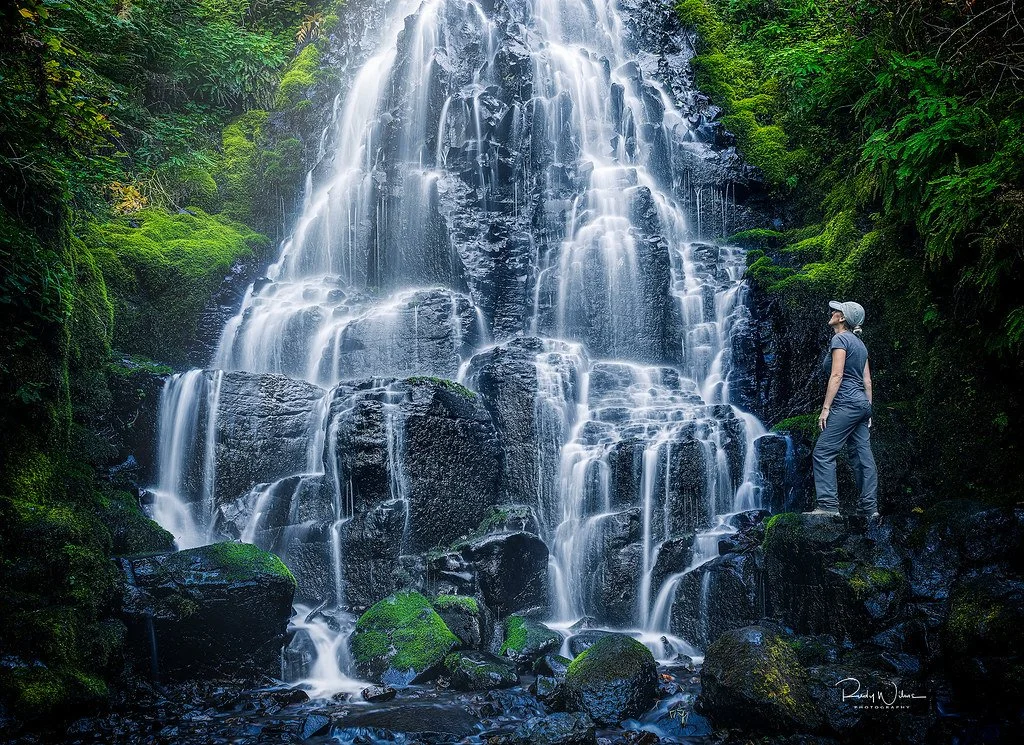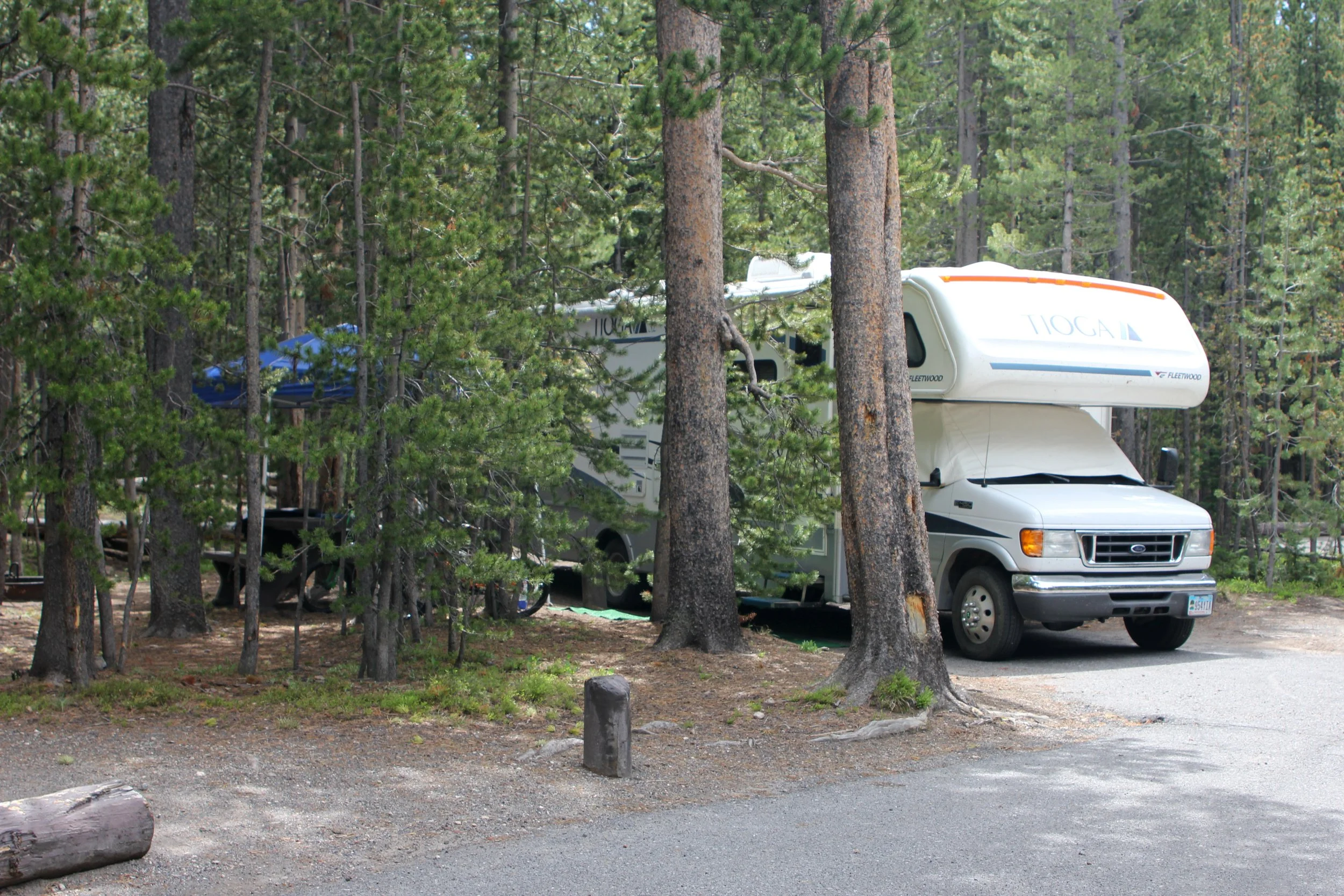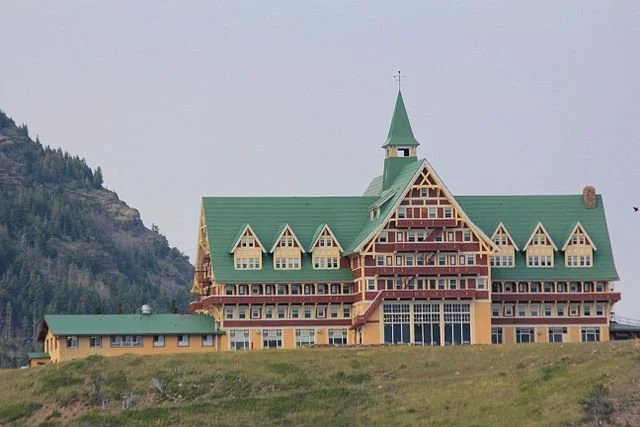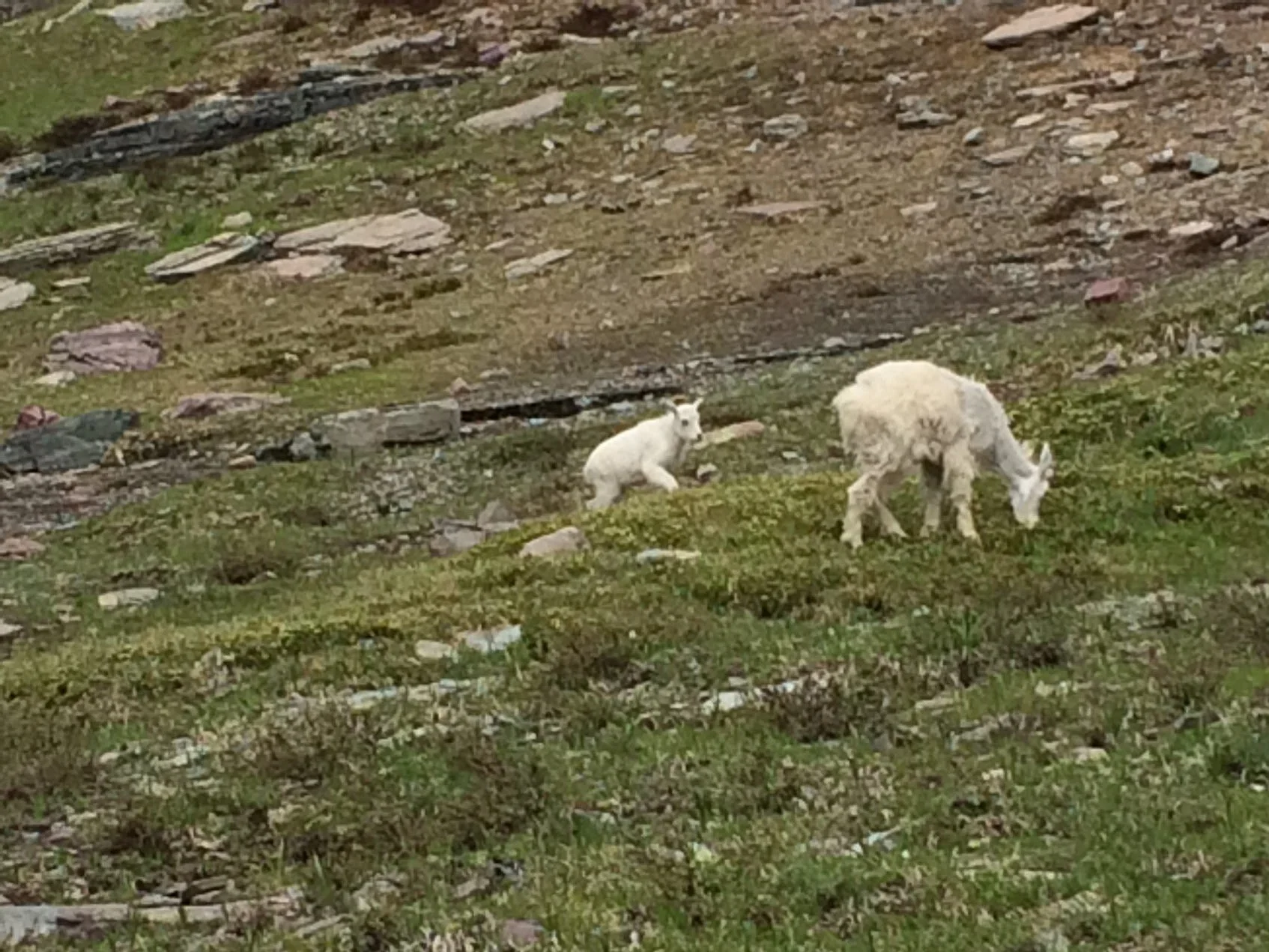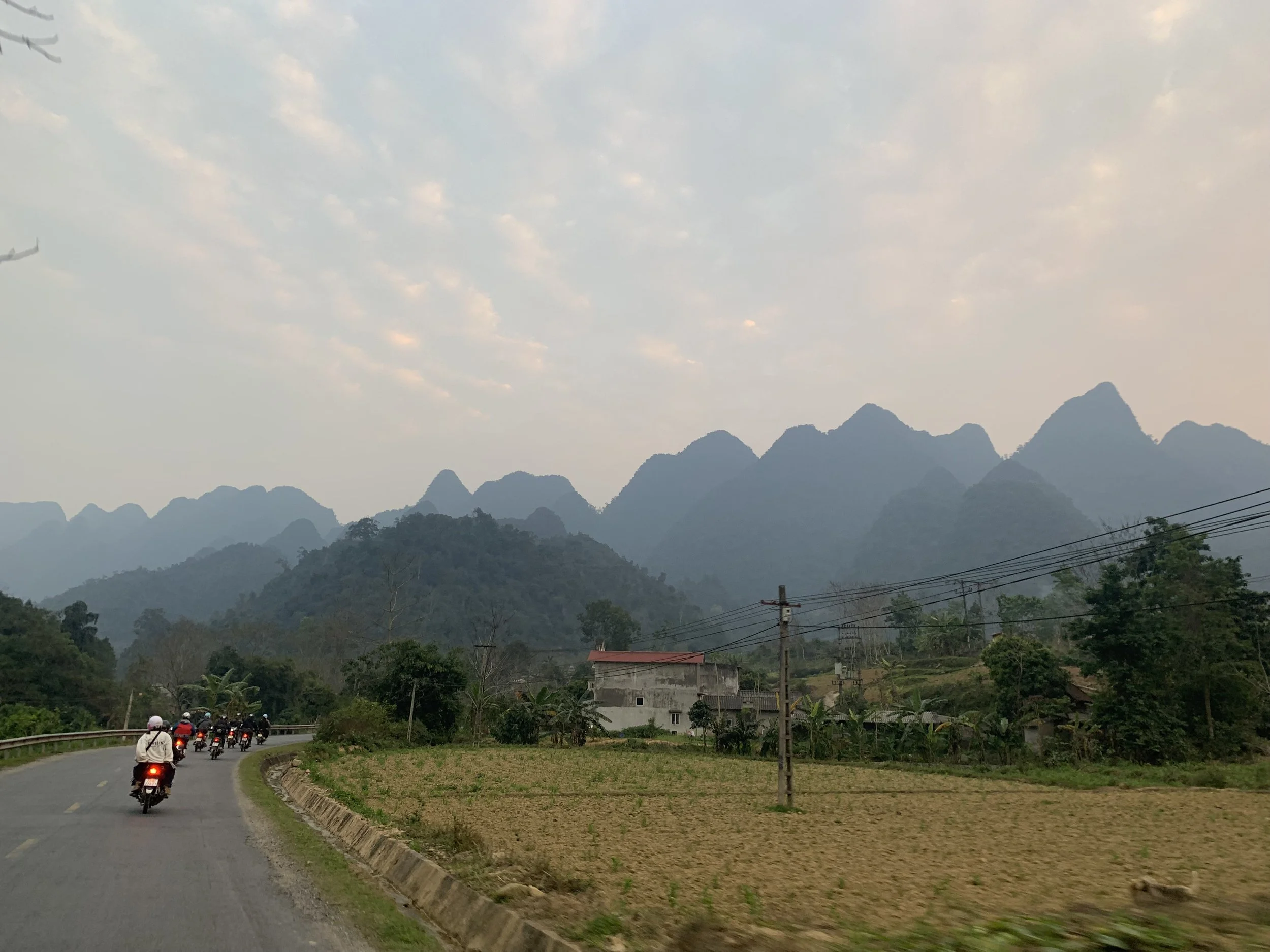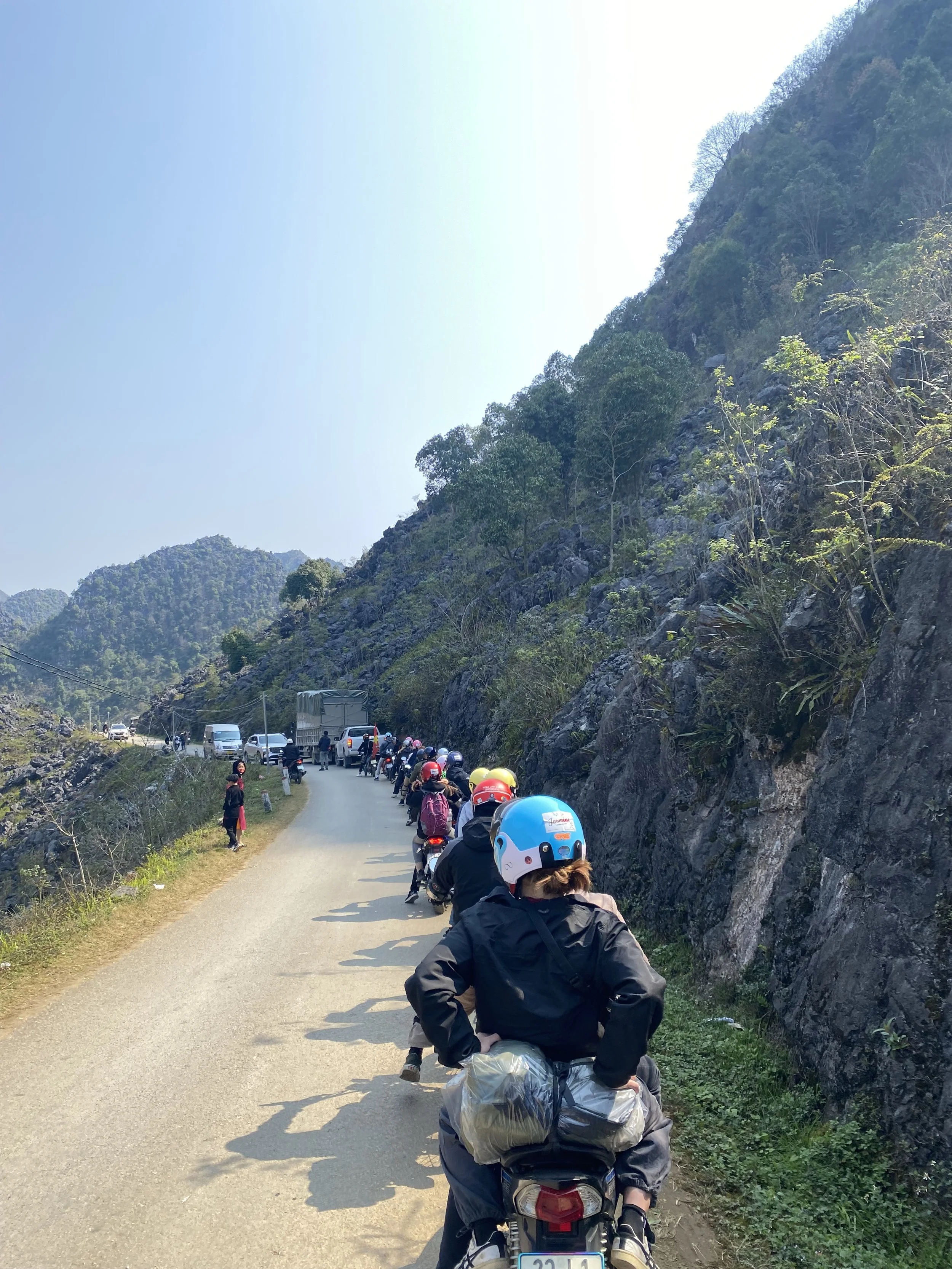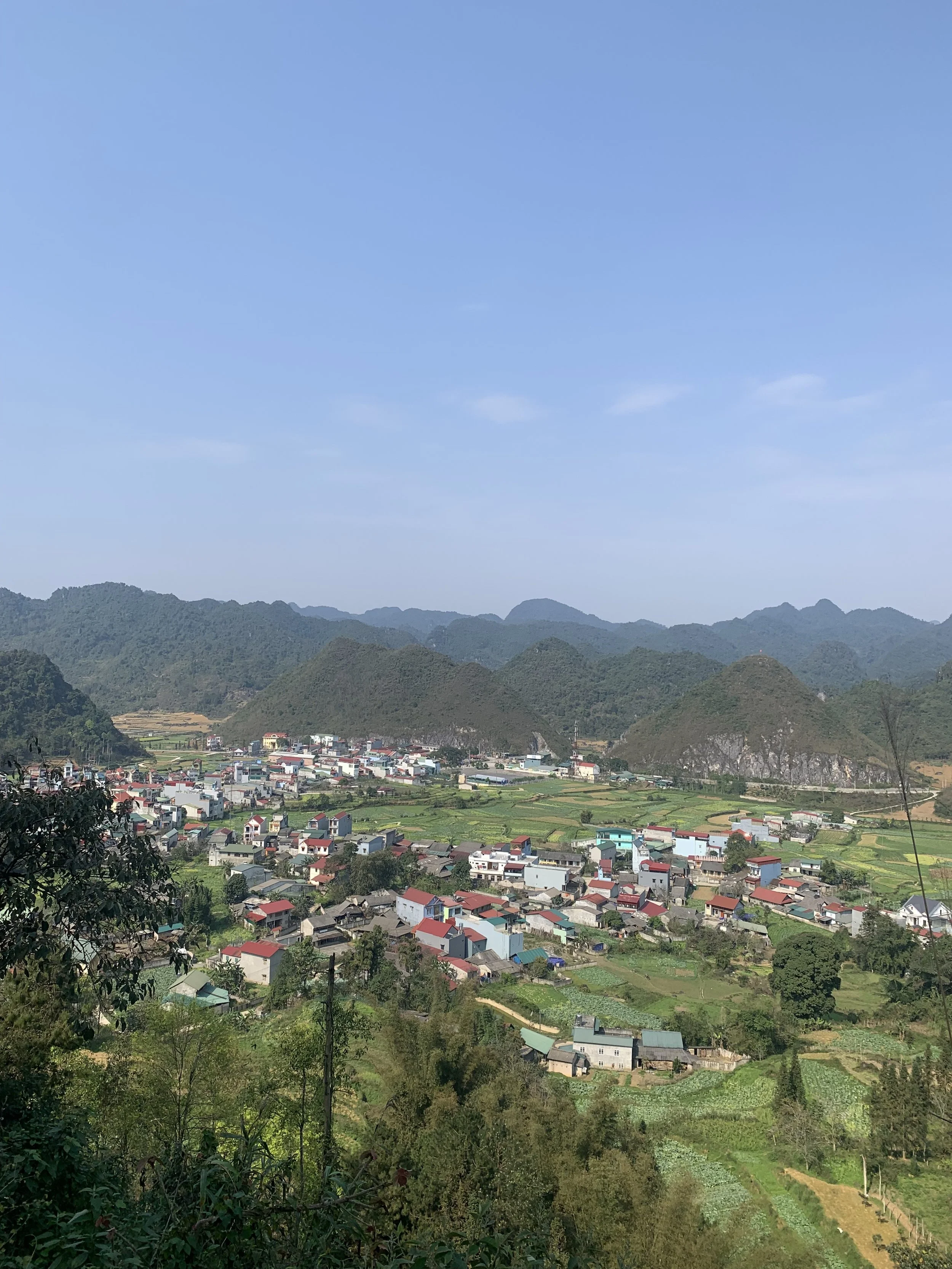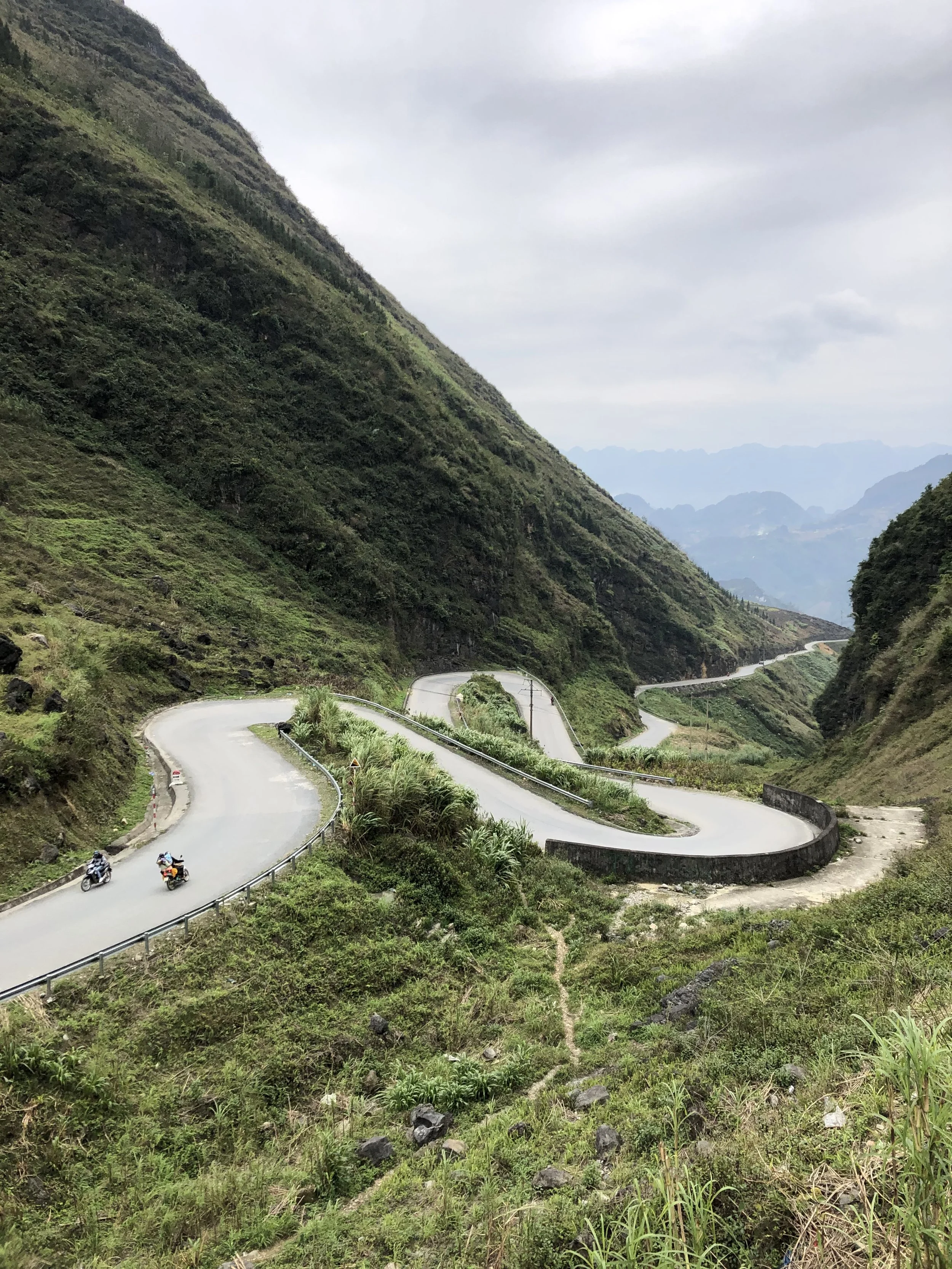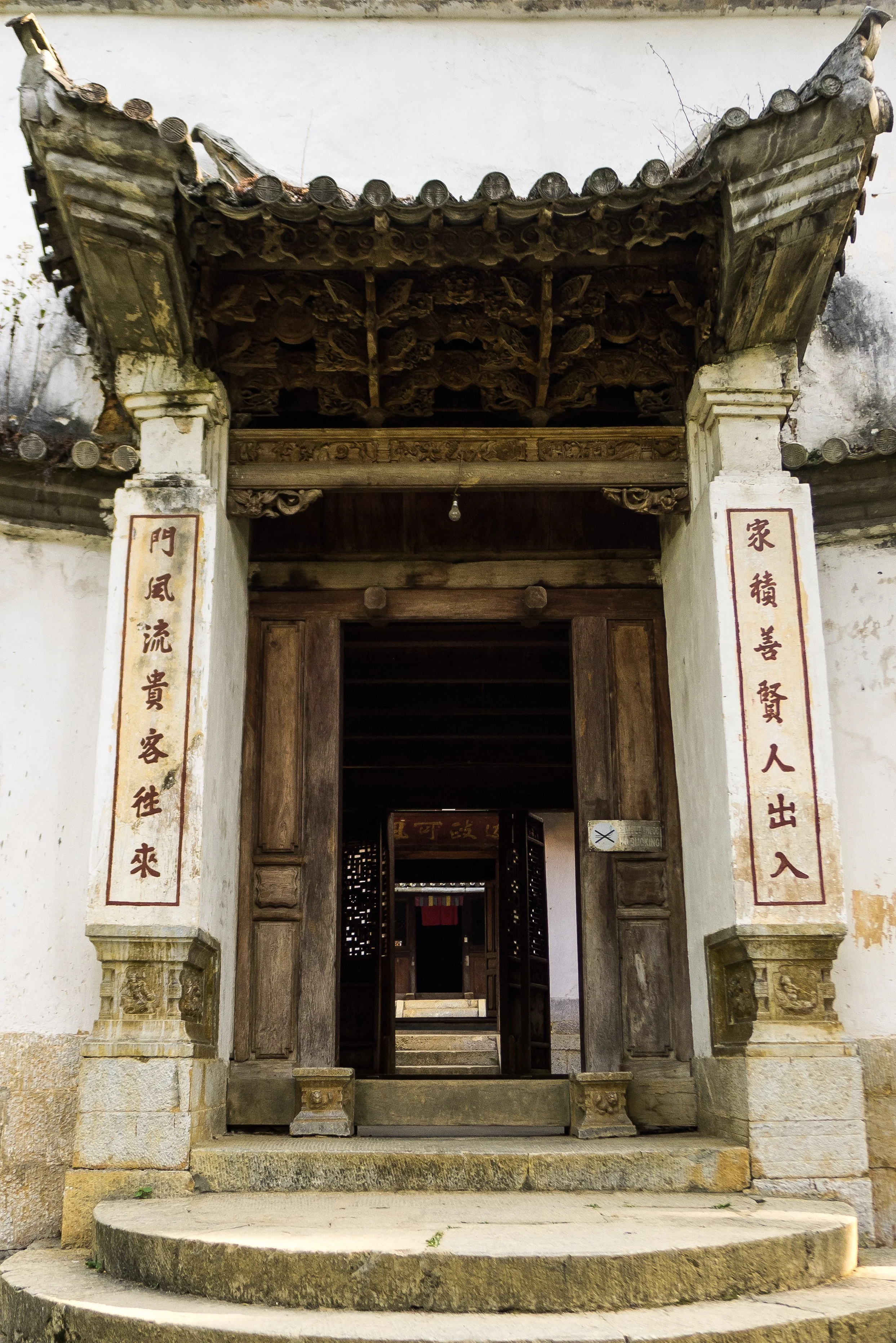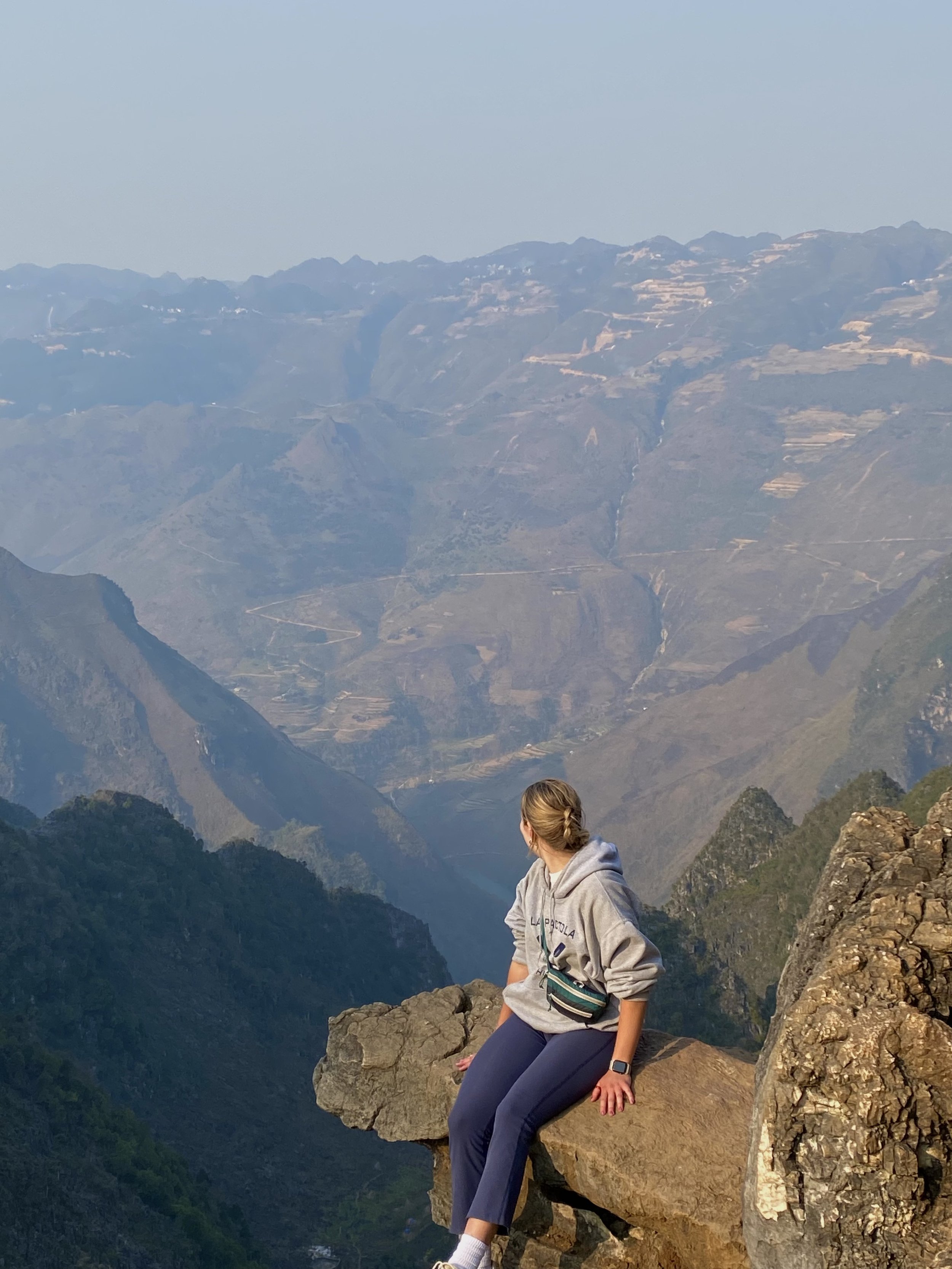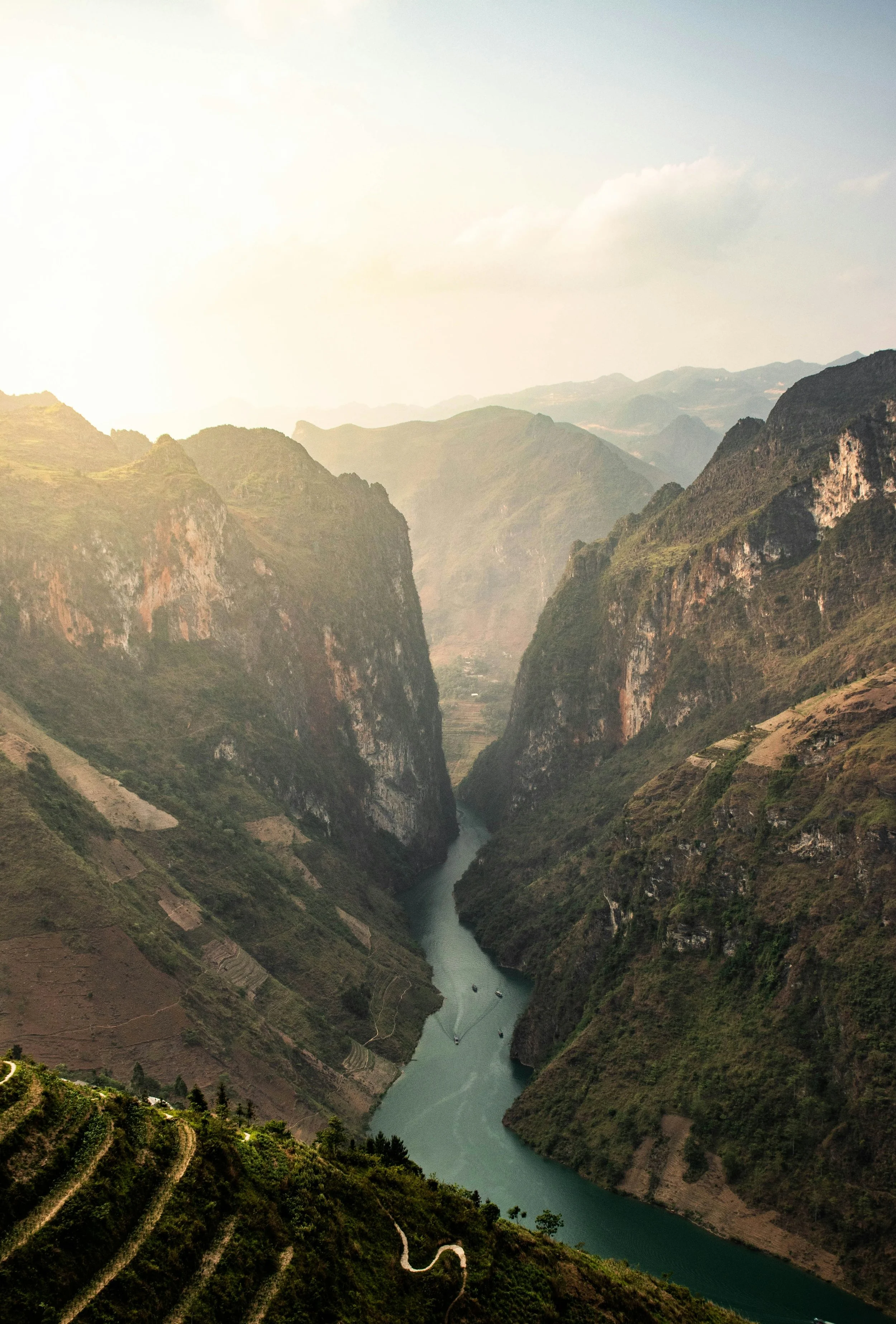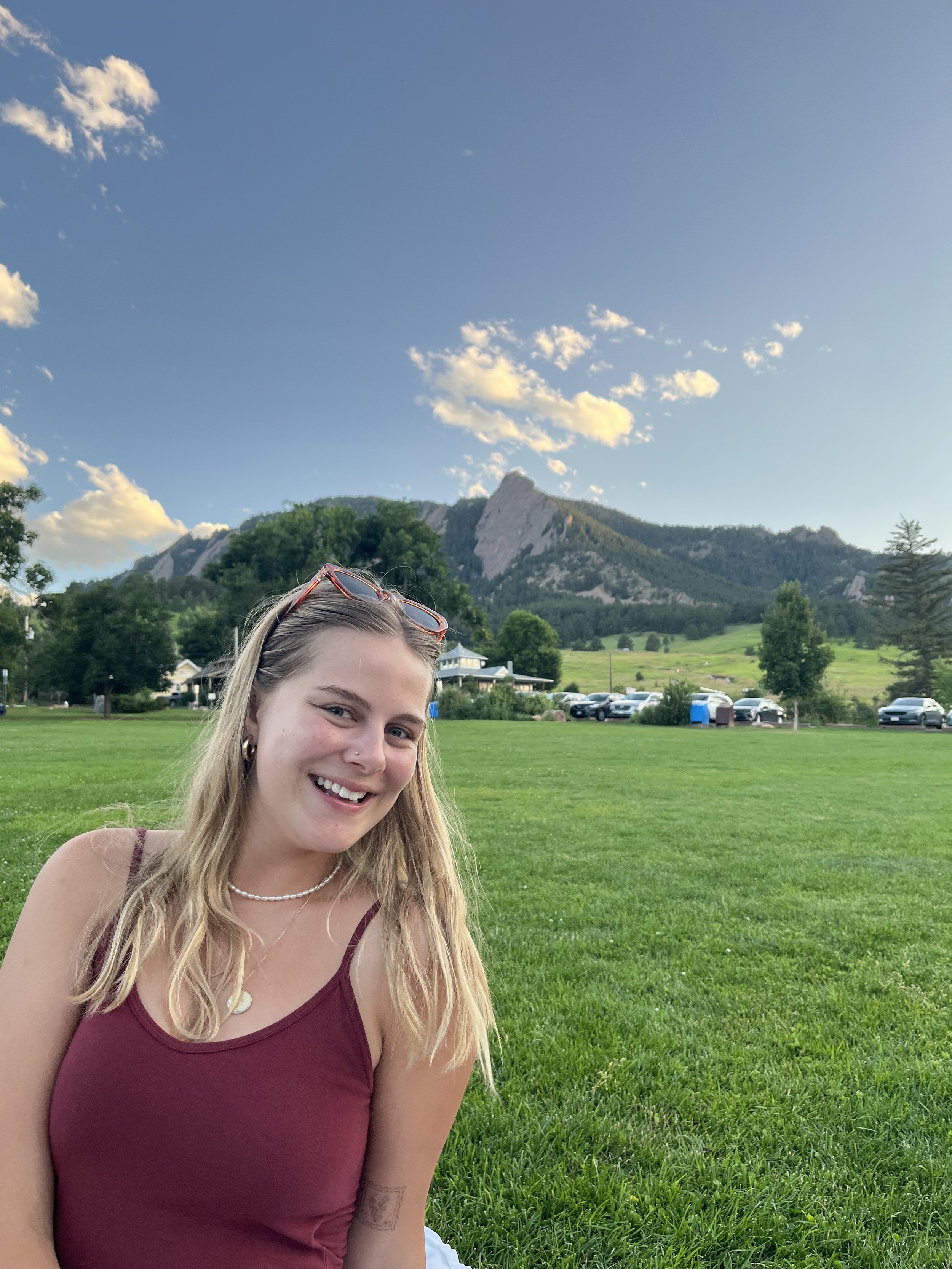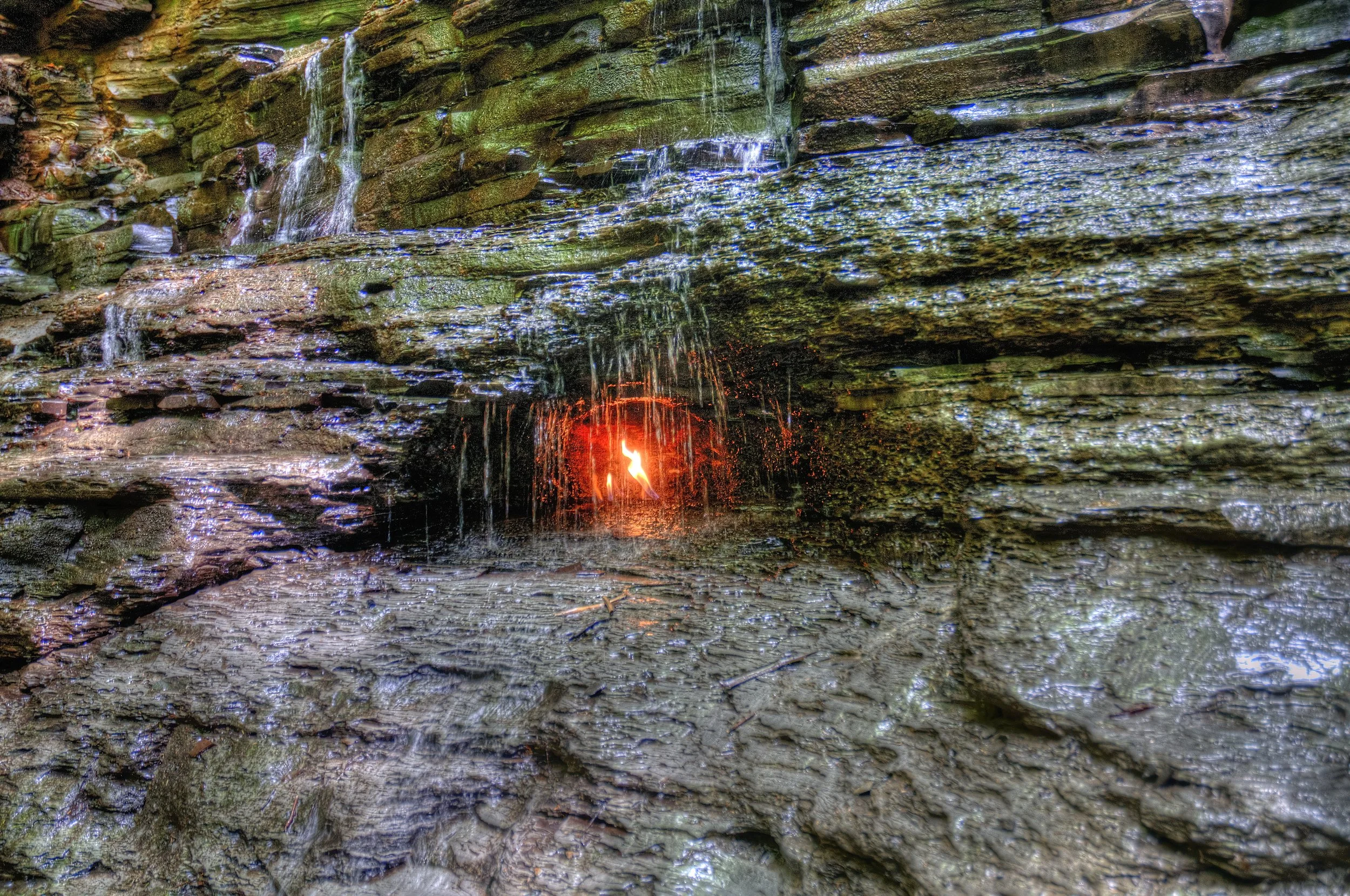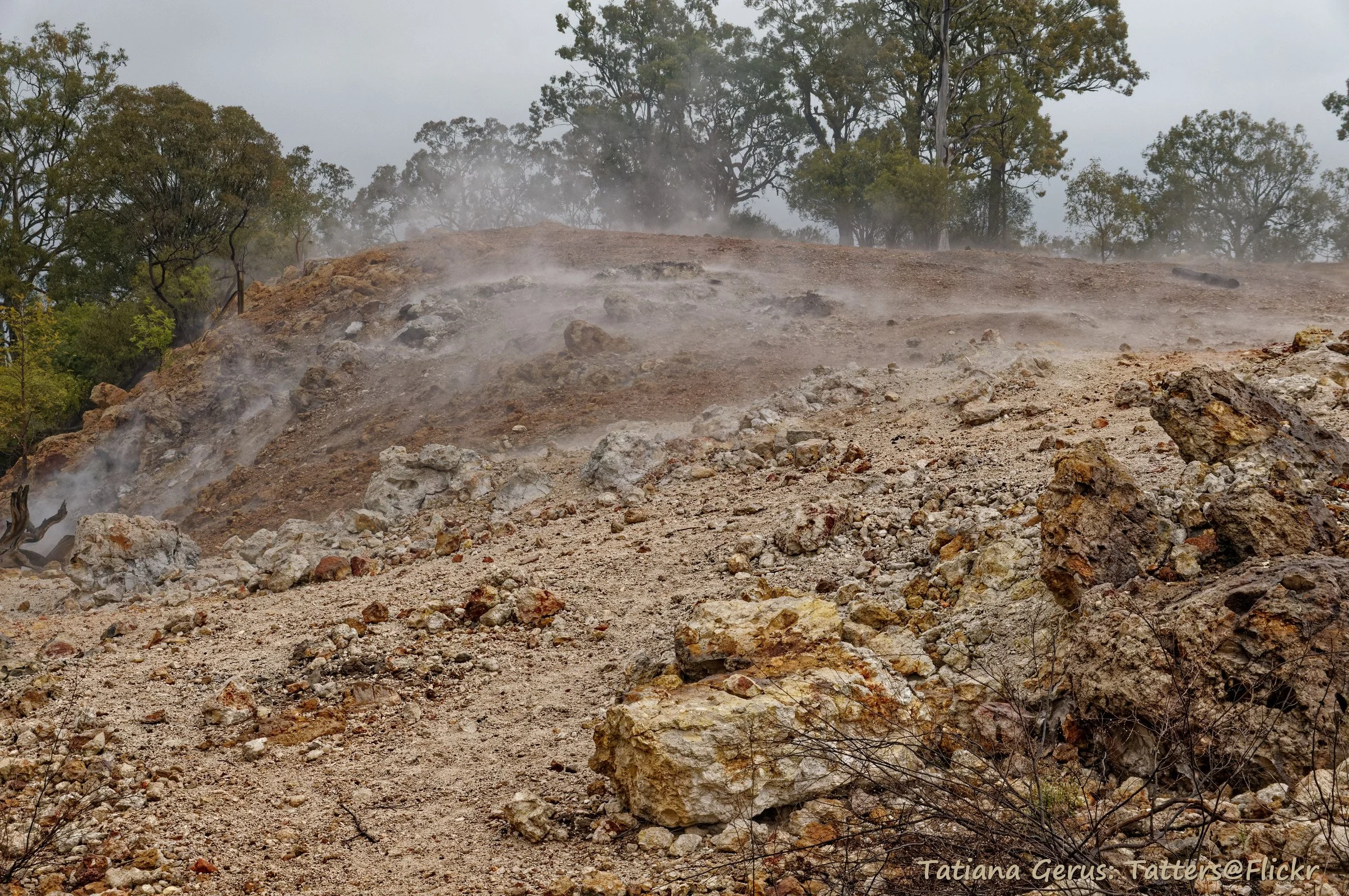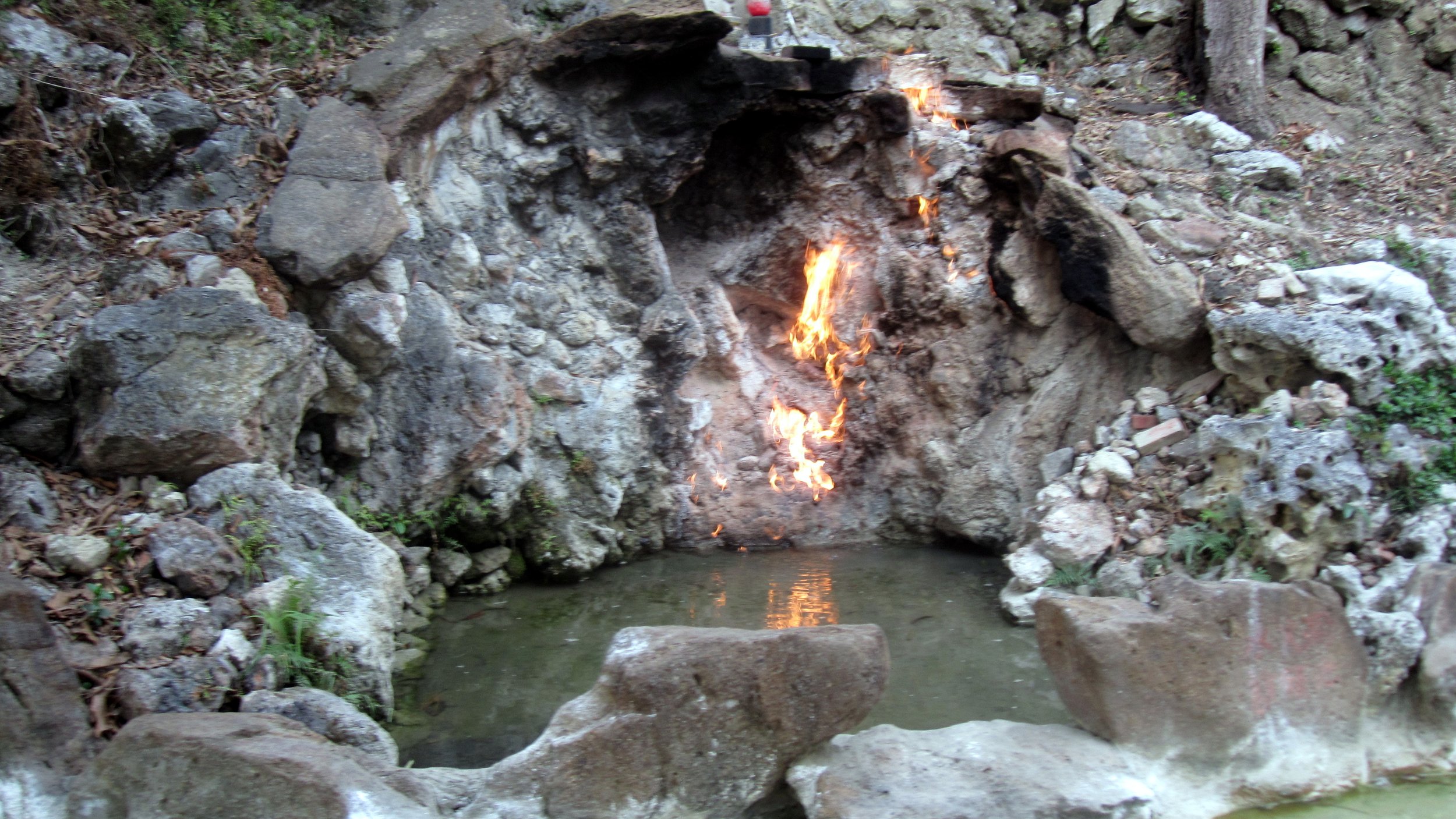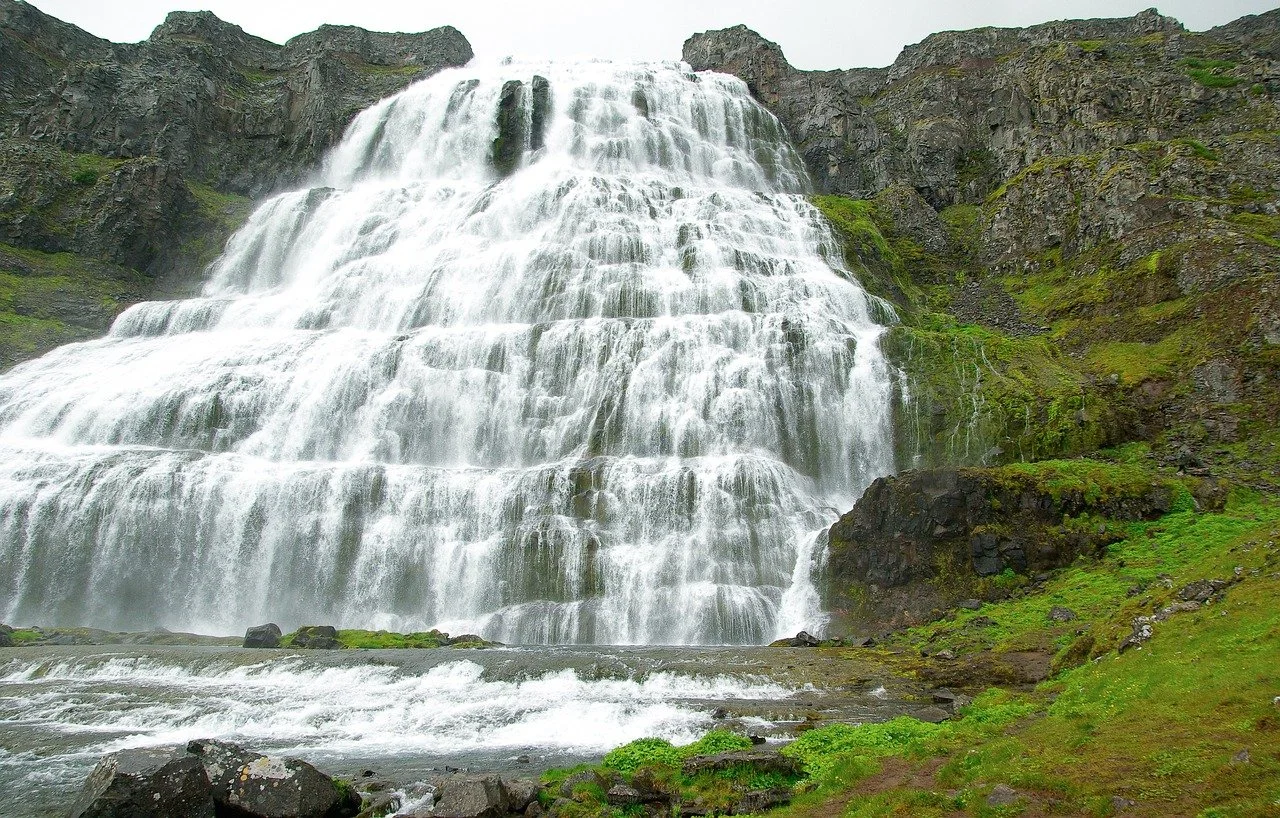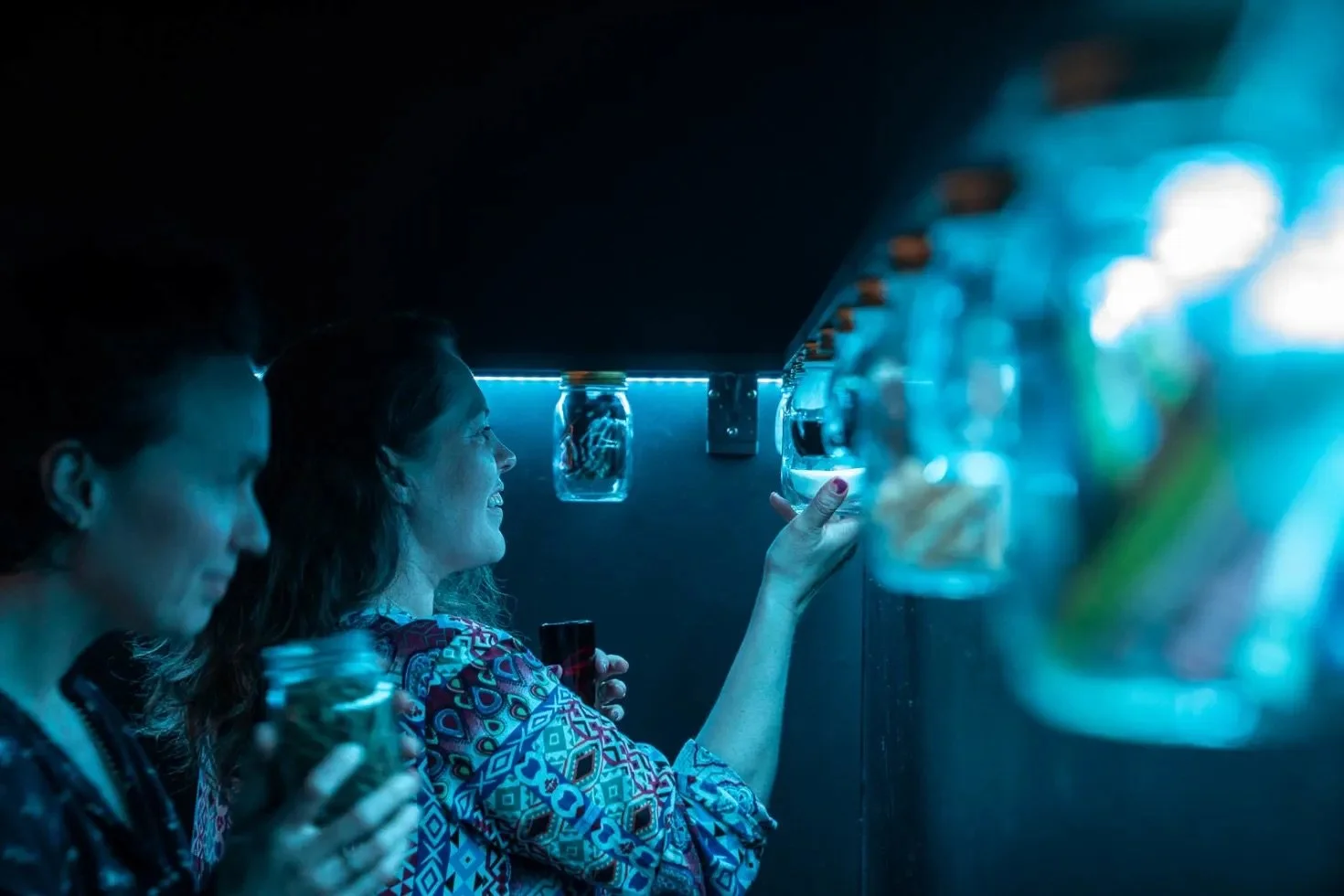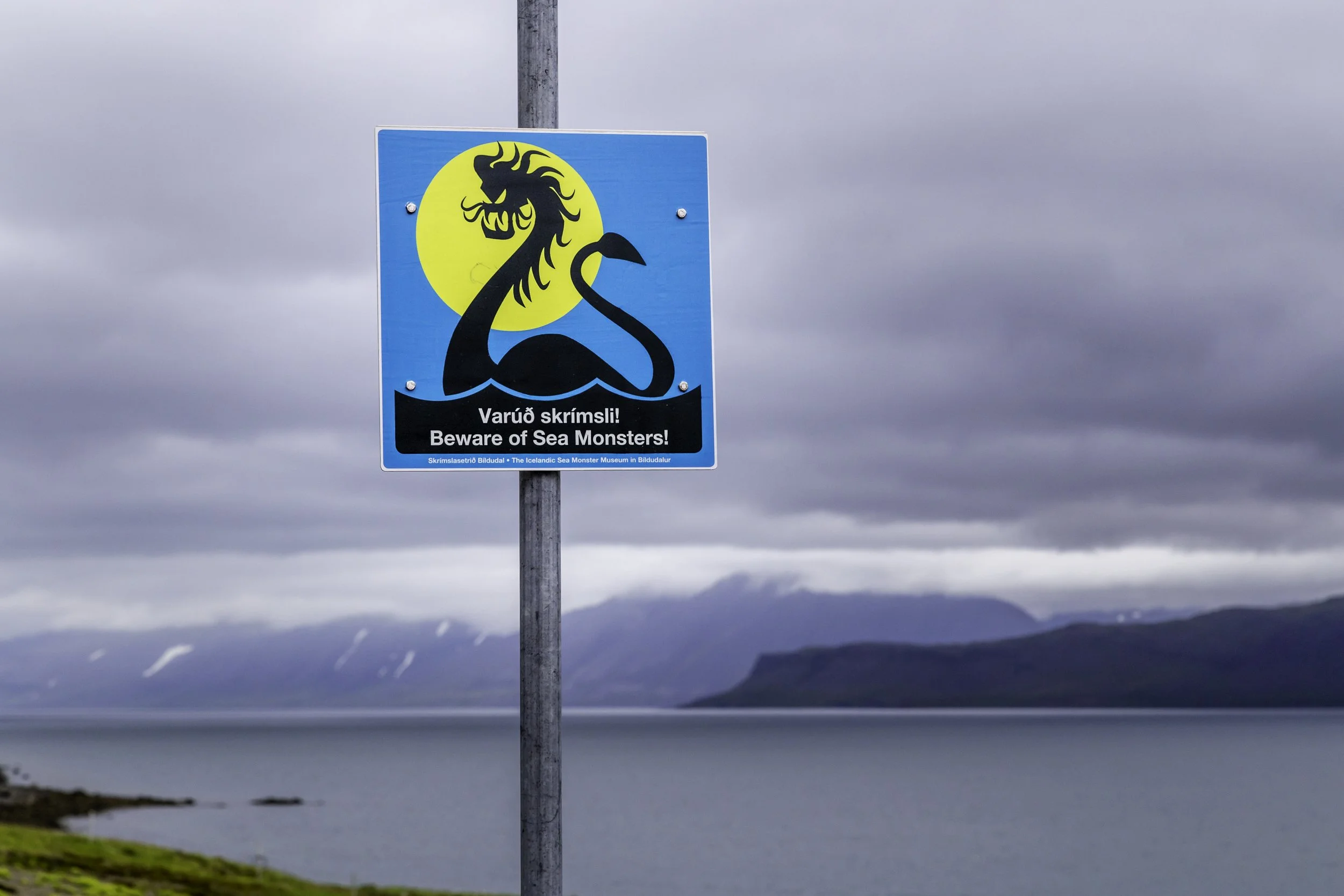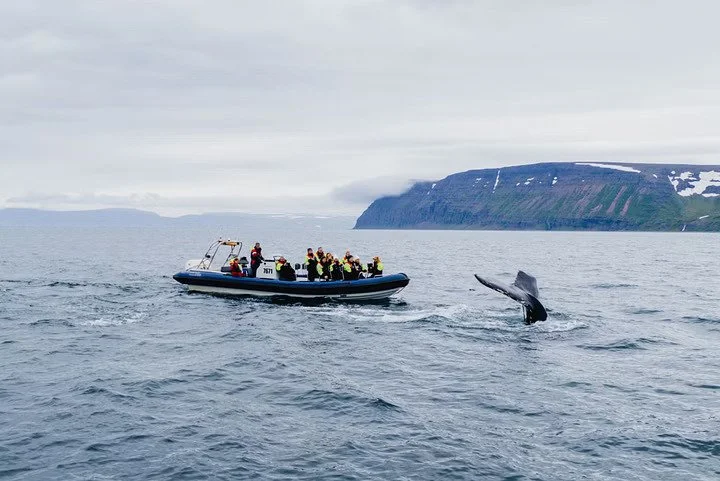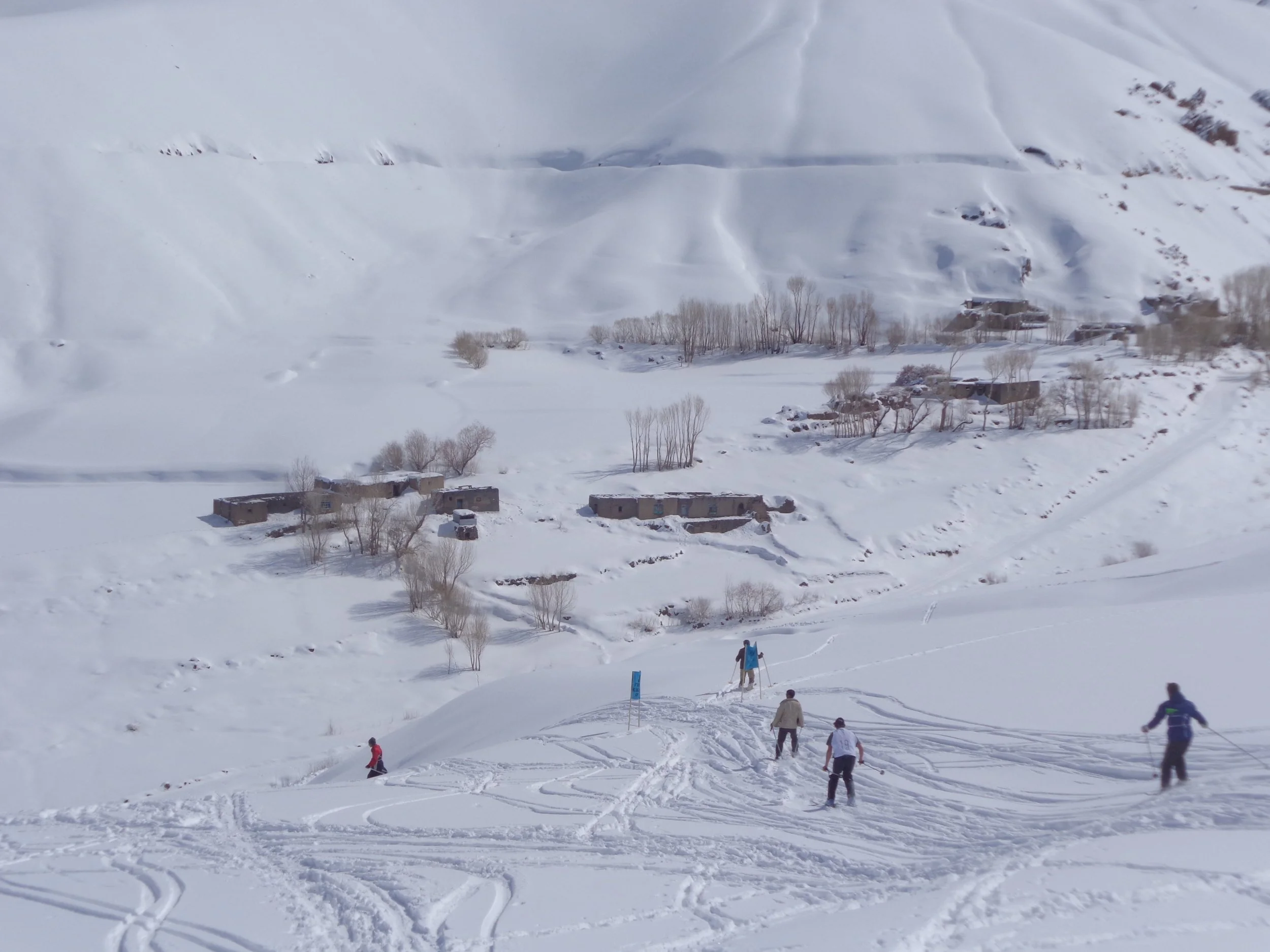These budget-friendly accommodations offer more than a bed—they provide a community connection that unites oceans.
Main entrance of Playa Jaco, Costa Rica. Armando Olivo Martín del Campo. CC BY-SA 4.0
Wake up to crashing waves, grab your board, and paddle out. Surf hostels are not just places to rest your head; they’re miniature global hubs where travelers, surf enthusiasts and adventure seekers converge. Whether you’re a solo backpacker or part of a group, surf hostels foster friendships and shared experiences such as communal dinners, bonfires on the beach, and impromptu jam sessions with fellow travelers.
Hostels often offer surfboard rentals and lessons, making it an easy way to pick up new skills. Each hostel has its unique flavor, influenced by its location and culture. From Bali’s laid-back vibes to Portugal’s rugged beauty, you’ll taste local cuisines, explore places through their waters and witness unforgettable sunrises and sunsets.
1. 99 Surf Lodge - Popoyo, Nicaragua
Surfing in Popoyo, Nicaragua. Dylan Wooters. CC BY-SA 2.0
99 Surf Lodge in Popoyo, Nicaragua, is a sleek, low-slung modernist hotel that perfectly balances style and unpretentiousness. Situated right on the legendary surf beach of Popoyo, it offers a unique blend of comfort and adventure in a region that is hospitable yet not overdeveloped. Each room boasts an ocean view, allowing guests to check surf conditions from the comfort of their beds. The bungalows and suites, which can accommodate up to four guests, feature private verandas to enjoy the constant offshore breeze. Despite its design-hotel aesthetics, 99 Surf Lodge remains affordable, making it a great value destination. Surfing is the main attraction, but guests can enjoy various water activities and nearby mountain hikes. The hotel’s gym and the on-site restaurant, Taberna 99, provide additional amenities to fuel and rejuvenate guests. With yoga classes, retreats and two seasonal restaurants, including Mesquite, 99 Surf Lodge ensures a memorable stay. Whether surfing, dining or simply relaxing, this beachfront retreat perfectly blends modern comfort and natural beauty. 99 Surf Lodge is a higher-end surf hostel and rates start at $130 per night.
2. San Sebastian Surf Camp (Stoke Travel) - San Sebastian, Spain
Scenic view from the comb of the wind ride to the Ondarreta beach. Laura Peña. CC BY-SA 3.0
San Sebastian Surf CAMP, an all-inclusive surf house in the Spanish Basque Country, offers an exhilarating blend of surf, yoga, and vibrant nightlife. Since 2005, Stoke Travel’s Surf Camps have been the go-to destination for exploring San Sebastian and the Basque Country, providing an unbeatable combination of surfing and partying. Now located in a converted Basque farmhouse near Zarautz, the camp has only improved. The communal atmosphere is enhanced by staff who double as surf instructors and prepare all meals, ensuring a seamless experience. The basic package includes dorm accommodation in the scenic Pagoeta nature reserve, healthy homemade meals, daily pickups to Zarautz, introductory surf lessons, and daily yoga classes. Guests can also enjoy unlimited access to surf equipment, local activities, and an open bar for a small fee. With hearty home-cooked meals, welcoming vibes, and awesome parties, this surf camp promises an unforgettable experience. San Sebastian Surf CAMP offers a unique and immersive adventure in a stunning natural setting. There is a two-day minimum and rates start at $50 per night. Get in touch with San Sebastian Surf Camp (Stoke Travel) here.
3. Hostel & Surf Camp 55 - Ericeira, Portugal
Surfing at Praia do Matadouro. Web Summit. CC BY 2.0
Hostel & Surfcamp 55 in Ericeira, Portugal, is a fantastic destination for surfing beginners, embodying the slogan “When you feel the Ericeira 55 vibe you don’t want to leave…” Overlooking the ocean and located in the heart of Ericeira, this unique hostel offers a true surf and travel experience. It accommodates up to 22 guests in seven thematic rooms with sea views, providing a relaxed and colorful atmosphere. Guests can enjoy surf lessons, guiding and equipment on-site, as well as daily yoga retreats. The communal lounge area is perfect for socializing, and the shared kitchen allows guests to prepare their own meals or join themed dinners and wine tasting sessions. Located just a five-minute walk from the beach, Hostel 55 also offers free WiFi and various discounts on local activities, including bicycle and board rentals. With clean facilities, friendly staff, and a vibrant communal feel, Hostel & Surfcamp 55 ensures an unforgettable stay in the picturesque fishing village of Ericeira. The nightly rate is $40 and you can contact them here Hostel & Surf Camp 55.
4. Farm Hostel - Canggu, Indonesia
Young surfers in Bali, Indonesia. Tiket2. CC BY 2.0
The Farm Hostel in Canggu, Indonesia, offers an exceptional experience for travelers. With five different types of dorms, all air-conditioned and equipped with en-suite bathrooms, the hostel ensures maximum comfort and privacy. Each bed is larger than average, featuring curtains, a reading light, an international power outlet, and a large locker for personal belongings. Located just 1.2 miles from Batu Bolong Beach and Canggu Beach, The Farm Hostel provides accommodations with an outdoor swimming pool, free private parking, a garden and a shared lounge. Guests can enjoy free WiFi, a bar, and a restaurant serving international cuisine with vegetarian, dairy-free, and vegan options. The hostel also offers a paid airport shuttle service.
Nestled at the end of a peaceful cul-de-sac surrounded by rice fields, banana trees, bamboo and a running stream, The Farm Hostel is a tranquil retreat. Despite its serene location, it is just minutes away from great surf spots, tasty food, vibrant nightlife, and excellent coffee. Since its opening in 2015, The Farm has grown from 22 beds to 118 beds, featuring nine mixed dorms and seven female dorms. With high-speed internet, a small breakfast included, two pools, multiple common areas and a central location in Canggu, The Farm Hostel is a must-stay destination in Bali and rates start at $36 per night.
5. Rosemary Hostel - Florianópolis, Brazil
Praia Mole, Florianopolis, SC, Brasil. Papa Pic from Eldorado, Argentina. CC0
Rosemary Hostel in Florianopolis, Brazil, offers a unique and empowering experience for travelers. Located just a minute’s walk from Trilha Da Galheta and a short distance from Praia da Barra da Lagoa, this hostel provides an ideal setting for reconnecting with nature. With eight rooms featuring climate control, private balconies and mini fridges, guests can enjoy a comfortable and convenient stay. The hostel is well-connected to local attractions, including the Open Sea Turtle Museum and Barra da Lagoa Natural Pools. Guests can savor South American cuisine at the nearby Restaurante Maria & Maria or explore the vibrant Praia Barra da Lagoa district. Rosemary Hostel is designed to challenge both body and mind, offering exceptional accommodation, healthy meals and inspiring activities. Whether you’re looking to relax or embark on an adventure, Rosemary Hostel promises a memorable stay with its international family, the Dream Team. The Rosemary Hostel’s nightly rates begin at $33, and there are several different types of accommodation.
6. ITH Beach Bungalow Surf Hostel - San Diego, CA, USA
Surfing in San Diego, California. Bengt Nyman. CC BY 2.0
ITH Beach Bungalow Surf Hostel in San Diego offers an unparalleled experience right on the boardwalk overlooking the ocean in Pacific Beach. Known for its cozy beds, beachfront facilities, and friendly hosts passionate about showcasing local culture, this hostel invites guests to bring their beach clothes and flip-flops and immerse themselves in the surf lifestyle. The hostel emphasizes sustainable lodging, cultural contact and providing a unique hosted experience. Guests can enjoy oceanfront accommodations just 1.9 miles from Belmont Amusement Park, with amenities including BBQ facilities, a garden and a shared lounge. A daily free continental breakfast is provided, featuring bread, fruit, cereal, oatmeal and coffee. The hostel also offers a 24-hour front desk, indoor lounge with workstations and table tennis. With several room options, including female-only, coed dorms, and private rooms, all with ensuite bathrooms, ITH Beach Bungalow Surf Hostel ensures a comfortable stay. The large private outdoor deck is perfect for socializing, checking out the waves and soaking up the sunshine. Hosted social events, surfboard, wetsuit and bike rentals, as well as partnerships with top-rated wellness and yoga studios, make this hostel a legendary spot for travelers since the 1980s. Whether you’re surfing, relaxing or exploring, ITH Beach Bungalow Surf Hostel promises a social, friendly, and fun atmosphere with rates starting at $49 a night
Julz Vargas
Julz is a student at Wellesley College studying Anthropology and Spanish. She grew up in Los Angeles, CA, and has studied all around the world in places such as Costa Rica, Greece, Iceland, and Spain. She is passionate about employing writing as a tool to explore human connection and diversity. Julz aspires to foster cross-cultural connections through community-based research, amplifying inclusive and diverse media about global cultures, foods, and people, to encourage individuals to engage more wholly with the world.





